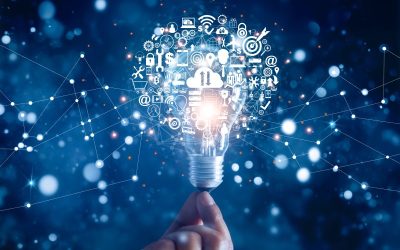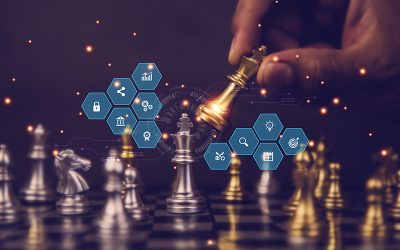Critical Issues
Navigate the future of growth and
innovation with confidence.
innovation with confidence.
2025 Critical Issues
Each year, Growth Partners vote on the most important issues facing their industry, in their region of the globe. The annual Critical Issues become the key areas of focus for Partner discussion and Council events throughout the year.
Americas’ Critical Issues
Leveraging the Strength of Strategic Partnerships
Areas of Focus:
- Identifying your unique needs and selecting the ideal partner
- Harnessing ecosystems and cross-industry collaboration to drive mutual value
- Co-creating tailored solutions vs. broad offerings, ensuring optimized investments
Supporting Transformative Innovation
Areas of Focus:
- Fostering a founder’s mentality and engaging with key stakeholders leading innovation initiatives
- Structuring teams and processes to support each stage of the innovation journey
- Creating motivational strategies and incentives across divisions
Implementing Innovation
Areas of Focus:
- Effectively structuring and executing innovation initiatives
- Securing middle management buy-in
- Driving adoption following a successful proof of concept
Innovating with GenAI
Areas of Focus:
- Navigating the hype by balancing confidence and caution in the age of GenAI
- Upskilling and preparing your team for seamless adoption and effective use
- Optimizing resources and timing to align your GenAI capabilities with business needs
Effectively Structuring Ideation Management
Areas of Focus:
- Demonstrating proof of concept to ensure viability
- Identifying optimal business models
- Exploring next-gen technologies with limited resources
Seamlessly Integrating Startups into Your Innovation Process
Areas of Focus:
- Developing a flexible, adaptive partnership strategy
- Selecting, validating, and nurturing startup partnerships for long-term success
- Engaging with startups in a timely, responsive manner
- Crafting a strategic approach to relationship building
APAC’s & MEASA’s Critical Issues
Leveraging Generative AI for Business Transformation
Areas of Focus:
- Exploring practical AI applications to optimize cost, drive revenue growth, and enhance operational efficiency.
- Addressing concerns around intellectual property protection, oversharing, and AI implementation risks.
- Understanding AI’s environmental impact and exploring sustainable solutions.
Unlocking Growth Through Strategic Partnerships
Areas of Focus:
- Leveraging collaborations to drive resilience, growth, and operational efficiency.
- Sharing best practices for partnerships across industries and markets.
- Navigating challenges in establishing trust and alignment between partners.
Building Resilience Amid Geopolitical and Trade Challenges
Areas of Focus:
- Examining the impact of geopolitical shifts and trade tensions on APAC business operations.
- Exploring competitive strategies in response to emerging global players and market dynamics.
- Identifying opportunities for collaboration and diversification to navigate uncertainty.
Enhancing Cybersecurity and Managing Emerging Threats
Areas of Focus:
- Strengthening cyber hygiene and addressing espionage and cyber threats in the region.
- Preparing for evolving security risks in an increasingly digital and interconnected world.
- Building resilience through proactive cybersecurity strategies and threat management.
Adapting Workforce Strategies for Future-Ready Organizations
Areas of Focus:
- Addressing workforce transformation, including hybrid work models and generational shifts.
- Building trust and reputation amid shareholder activism and public skepticism.
- Prioritizing critical skills, such as innovation and critical thinking, in talent acquisition.
Fostering Innovation for a Sustainable Future
Areas of Focus:
- Supporting transformative innovation to create future-ready organizations.
- Exploring trends in commerce media and data use to drive innovation.
- Aligning innovation strategies with sustainability and ESG priorities.












